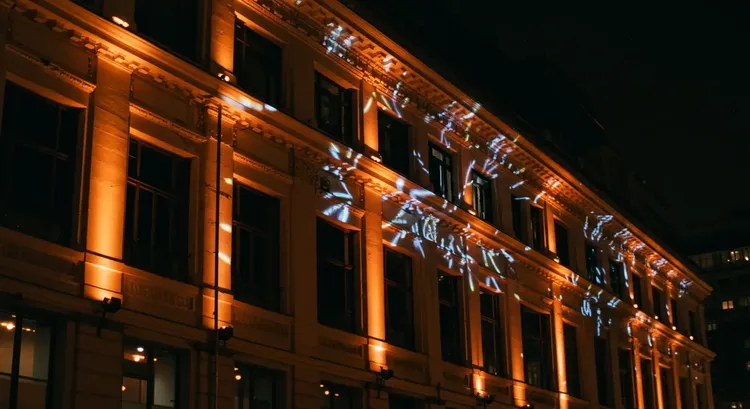
🌆 Digital control of architectural lighting is becoming an integral part of urban infrastructure. This article highlights the key technologies transforming the industry, according to Sundrax engineers. These are not mere predictions but specific directions already being implemented in modern projects. 🚀
The architectural lighting market is evolving. Merely connecting luminaires and scheduling them is no longer enough. Cities are becoming smarter, the demand for visual comfort is increasing, and lighting control systems must be flexible, reliable, and integrated. Sundrax engineers share their observations and forecasts about where the market is heading and which technologies are shaping the future. 🔮
Transition to Fully Autonomous DMX Networks 🛠️
- Modern facilities increasingly require system reliability. Autonomous DMX subnets with local controllers, scenarios, and redundancy are becoming the standard.
- Even in the event of a communication failure with the central system, a building or bridge continues to operate according to the last scenario or switches to emergency mode.
- Sundrax is already applying such approaches in projects with distributed topology and GSM access (via MONARQ).
Use of AI for Adaptive Scenarios 🤖
- AI is employed to analyze environmental conditions: time of day, activity, traffic, and weather data.
- Lighting can adjust based on pedestrian flow, holidays, or online data — without manual intervention.
- Machine learning algorithms are already used in BMS systems, and architectural lighting is the next logical step.
- Example: A facade switches to a festive color scheme based on an event calendar or reacts to social media activity. 🎉
Integration with Urban Platforms and IoT 🌐
- DMX and sACN protocols are becoming part of hybrid infrastructures, integrated with video surveillance, traffic, and air quality monitoring systems.
- Through APIs, architectural lighting can be linked to urban platforms.
- Sundrax is already testing solutions with open architecture, compatible with “smart” cities.
Remote Management and Diagnostics via GSM/PoE
- Connectivity not only through Ethernet but also via 4G/5G mobile networks.
- Real-time monitoring of equipment, scenarios, and consumption.
- This streamlines maintenance and gives clients a comprehensive view.
Insights from Sundrax Engineers 💡
The future of architectural lighting lies in flexibility. Control must be distributed, adaptive, and connected to the digital urban environment. We are already incorporating such architecture into new products.
If you are designing modern lighting systems or looking to upgrade existing ones, the Sundrax team is ready to help you meet future demands and implement a scalable DMX infrastructure today. 🌟
Contact a technical specialist Contact Us
